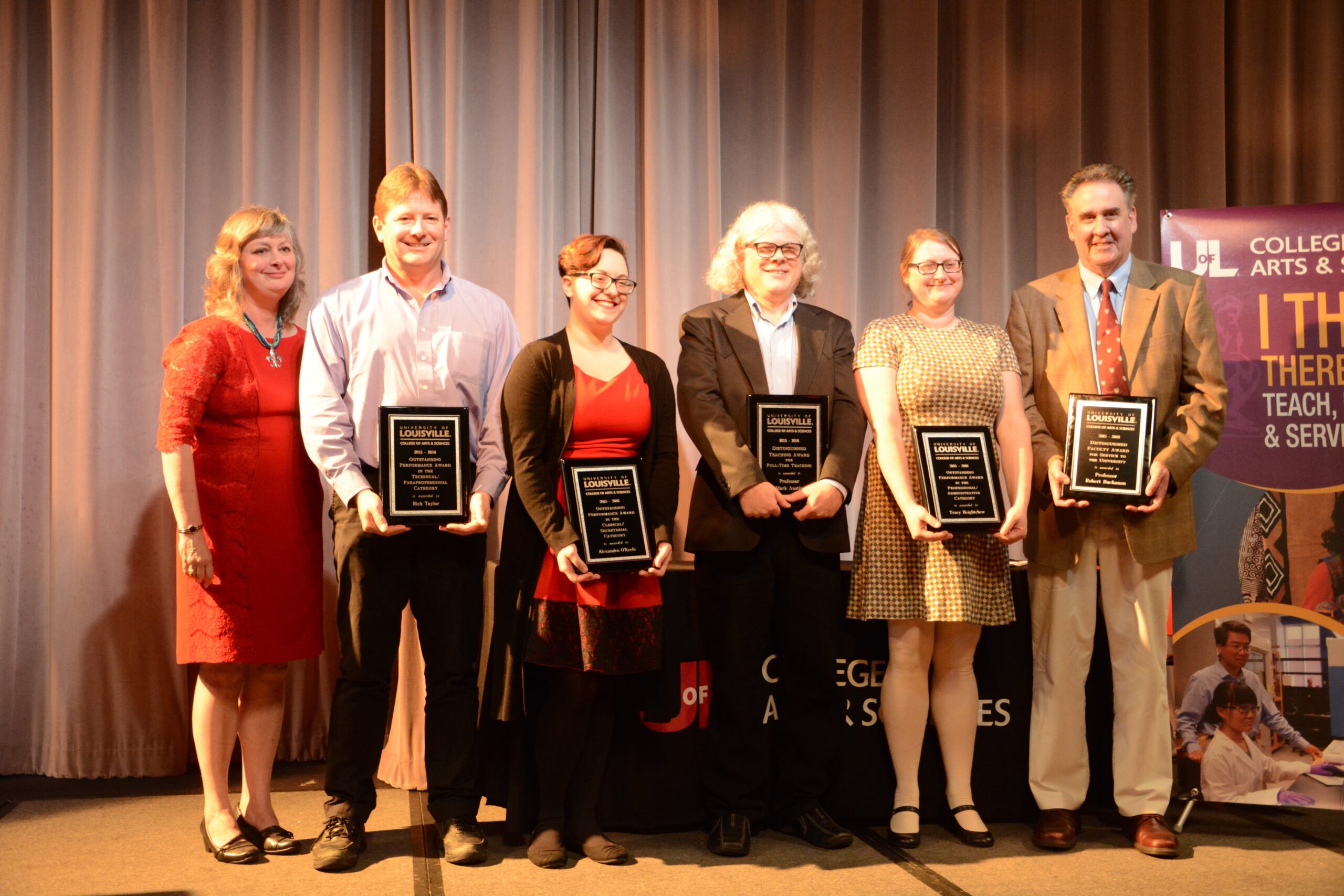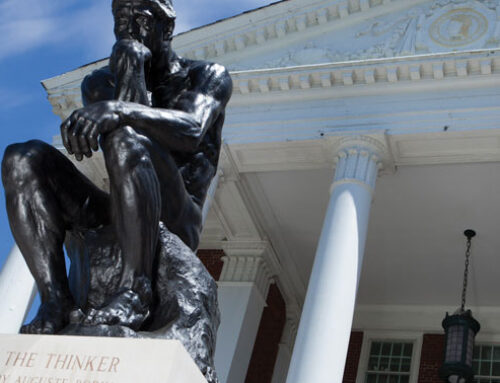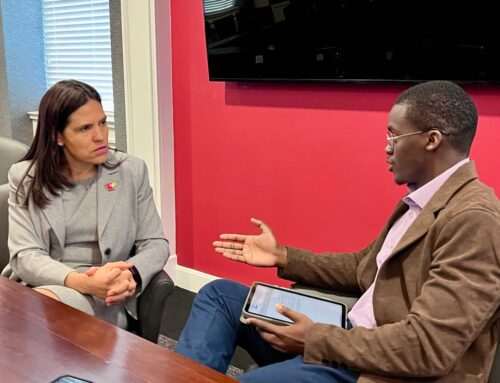By Payton Carns
The University of Louisville’s mission statement begins with an emphasis on “teaching diverse undergraduate, graduate, and professional students in order to develop engaged citizens, leaders, and scholars.” The key word in this statement is “teaching” — professors are the pillars of quality education, and their success reflects on the university as a whole.
However, is the university really holding up this promise?
In recent years, universities have opted to hire adjunct or term faculty over full-time, tenured professors, and U of L is not exempt from this trend. Per recent university data, in the Fall of 2022, there were 733 tenured faculty members compared to 909 contingent professors.
From an economic standpoint, this move makes sense. It is cheaper for higher education institutions to hire non-tenured faculty that can be laid off more easily, rather than tenured faculty with long-term contracts that can prove to be an expensive investment. But, what is financially beneficial is not usually in the best interest of the students and professors.
What is causing this trend?
Professors at higher education institutions are either hired on a tenure track or part-time from semester to semester. When a professor receives tenure, their teaching job is protected until they decide to retire. This is also accompanied by a long-term contract that provides them with a more stable income, job benefits, and the ability to pursue research in their given field.
University of Louisville Professor Michael Cunningham is a tenured professor in the Communications Department who has been at the university for 37 years. Throughout his time here, he has also served on the personnel committee to evaluate U of L professors for tenure.
When he started, his department used to have 24 tenured positions. That number has since decreased to 16 due to what he believes are economic concerns.
“Each time somebody retires or moves on, the line could go back to the department for us to fill [the tenure track] again, or we could just be given a small amount of money to hire some part-time people to teach those classes,” he said.
This theory is not far off. According to a 2020 American Federation of Teachers news report, 53 percent of the 3,000 surveyed adjunct professors make less than $3,500 per course. On the other hand, the median national salary for a tenured professor at a public institution is $140,426.
When given the choice between more professors at a cheaper rate instead of fewer, more expensive ones, it makes sense that the university would want to go with the former. But this does not take into account the quality of student learning opportunities, as well as the financial and mental toll it takes on part-time faculty barely making ends meet.
Contingent faculty are suffering
If over half of part-time professors are only making $3500 per course, that means for six courses per year, those professors only make a little over $20,000 — not enough to support themselves financially. While employment for these professors is typically guaranteed from semester to semester, many adjunct professors are not even informed if they’ll be teaching until a few weeks before the start.
Professor Mary Mudd was barely making ends meet when she started as an adjunct professor in the Department of Communications.
“I was struggling,” she said. “I worked a full-time job plus taught three classes a semester.”
Additionally, when she took on the workload, she admitted that the quality of her teaching suffered as a result of balancing an additional job along with all her classes.
“The level of feedback that I was able to give students, the attention I could give to grading, the time that I had to do research to develop the curriculum were also seriously limited,” Mudd said.
Student Losses: Phi Beta Kappa
Not only are students losing quality education in the classroom, but as the university continues to hire more part-time faculty, they are also missing out on academic prestige.
Phi Beta Kappa is the oldest, most prestigious honor society in the United States. They promote and advocate excellence in the liberal arts and sciences, and have produced numerous Supreme Court Justices, Nobel winners, and even United States Presidents. However, each time U of L has applied to find a chapter here, the committee has denied them.
In the rejection letter from the last time U of L applied in 2011, the committee stated that the primary reason for the rejection was “the very widespread use of contingent faculty at the core of the academic program.”
Cunningham, a member of Phi Beta Kappa, was disappointed by the result but ultimately understood the reasoning. Tenured professors are afforded the time to dedicate to their field’s research, and in turn, involve their students in that research.
“As a tenured professor, I have good strong networks all across the world in my field,” he said. “That is only possible with the luxury of a tenured track job. If I had to make my living by teaching eight classes a year, I wouldn’t be able to keep up in my field.”
Moving Forward
As the university continues to plan for the future of its professors and students, it is pertinent that they recognize the clear divide between adjunct and tenured professors and the way it is affecting student learning opportunities.
Fortunately, Mudd has noticed the university is taking steps in the right direction in supporting non-tenured faculty.
“If you’re an adjunct faculty member, for every three-hour class you teach, you get 25 percent toward benefit,” she said. “So your pay is still not great, but you can at least get health insurance.”
The university can find a way to support professors and students — the pillars of the education system — without compromising the success of either group.






